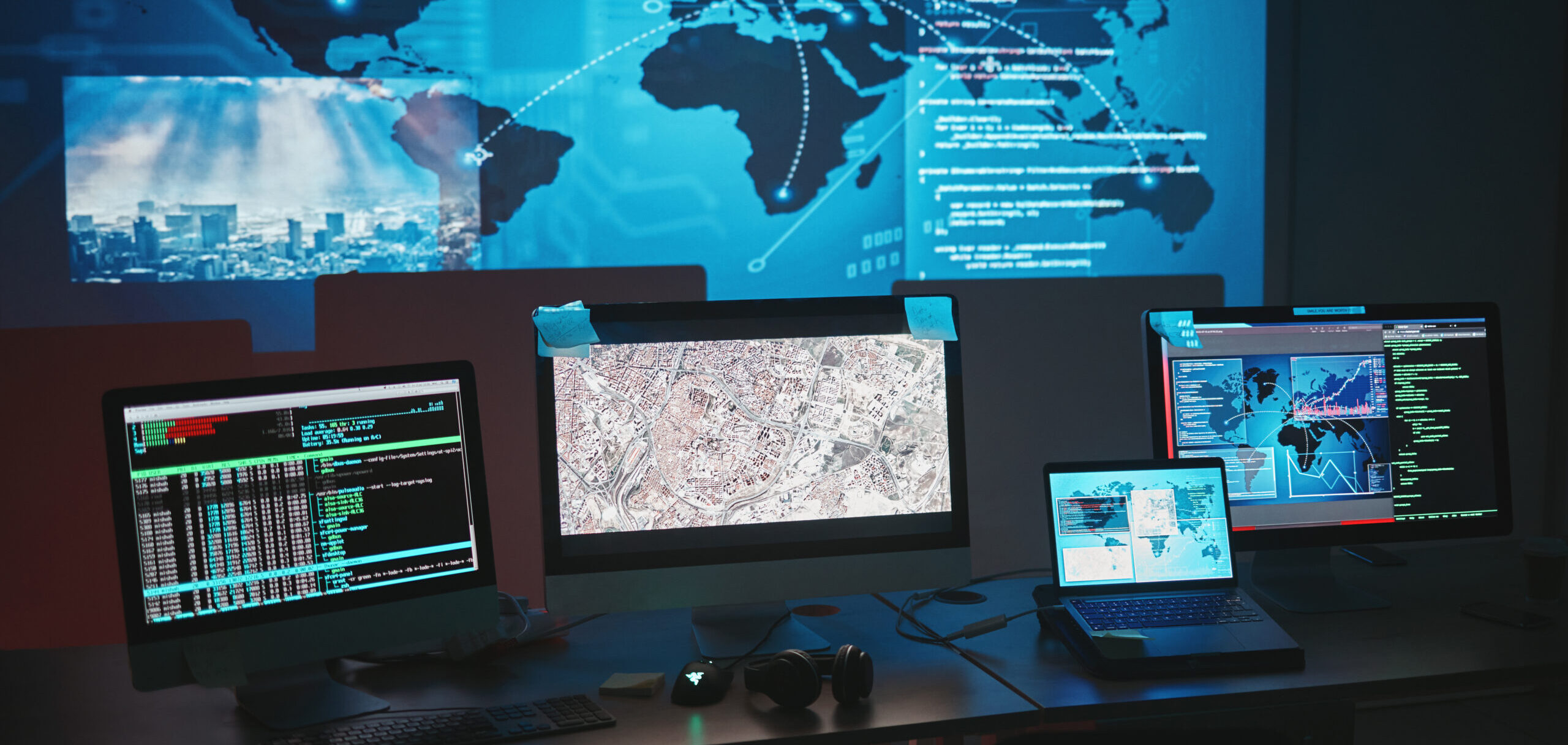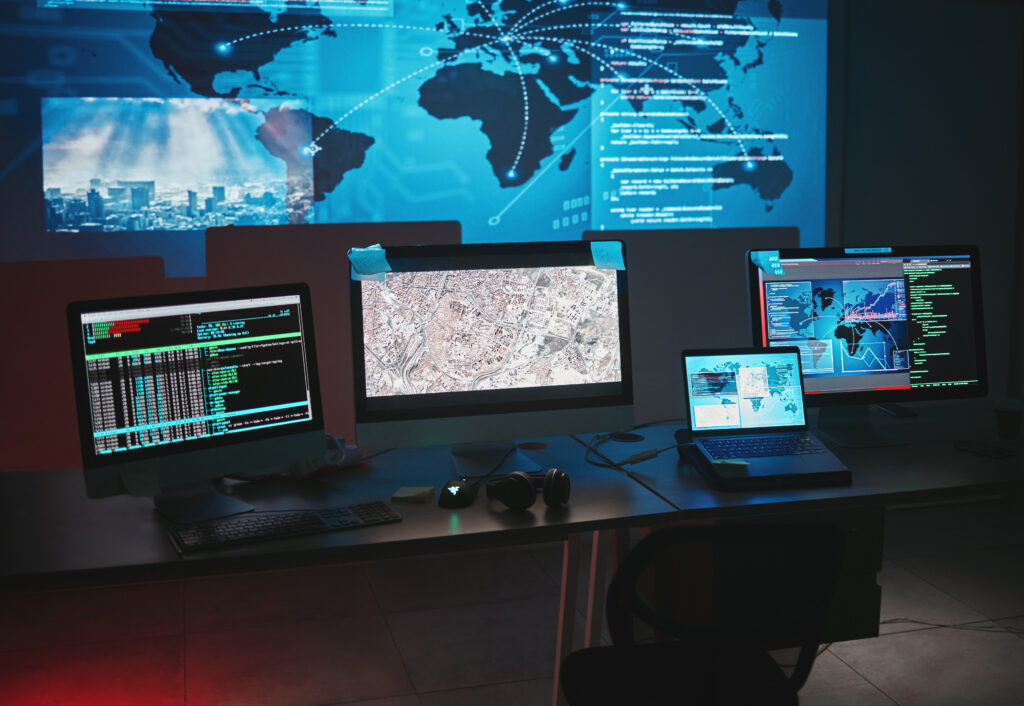
Unlocking the Power of Intelligence in Cybersecurity
In today’s rapidly evolving cyber landscape, the importance of a robust Cybersecurity Operations Center (CSOC) cannot be overstated. The integration of threat hunting and intelligence within a CSOC framework plays a pivotal role in preempting, identifying, and neutralizing cyber threats. This article delves into the nuances of threat hunting and intelligence, drawing on the latest practices and insights to underscore their significance in fortifying cybersecurity defenses.
The Essence of Threat Intelligence
Threat intelligence represents the backbone of proactive cybersecurity measures. It involves collecting, evaluating, and analyzing information about potential or current attacks that threaten an organization’s security. This intelligence is not just data; it has been processed and analyzed to understand the threat actors’ motives, targets, and attack behaviors. This enables organizations to build a predictive capability, anticipating attackers’ moves before they strike.
Threat intelligence spans various aspects of cybersecurity. It informs the development of more robust security measures, tailors response strategies to potential incidents, and enhances an organization’s overall security posture. By understanding adversaries’ tactics, techniques, and procedures (TTPs), security teams can devise specific defenses to mitigate these threats.
The Role of Threat Hunting
Threat hunting goes a step beyond traditional security measures by actively searching for cyber threats that still need to be detected by existing security solutions. This proactive approach involves systematically examining networks and systems to identify indicators of compromise (IoCs) that elude standard detection tools. Threat hunters use a hypothesis-driven approach, leveraging their understanding of the threat landscape and intelligence to hunt for threats.
The success of threat hunting relies heavily on the expertise of the hunters, the quality of the threat intelligence they utilize, and the tools at their disposal. Effective threat hunting can uncover hidden threats, allowing organizations to respond to them before they cause damage.
The Synergy between Threat Hunting and Threat Intelligence
While threat hunting and intelligence are distinct processes, they complement each other. Threat intelligence provides the context and data needed for threat hunting. It helps form hypotheses and guide the search for threats within the organization’s digital environment. Conversely, threat hunting can generate new intelligence about previously unknown threats, which can be shared with the broader security community.
This synergy enhances the ability of CSOCs to detect and respond to threats more efficiently and effectively. By integrating threat hunting and intelligence, organizations can shift from a reactive to a proactive security posture, significantly reducing their risk exposure.

By leveraging the synergy between threat hunting and intelligence, organizations can enhance their defensive capabilities and safeguard their digital assets against emerging threats.

The Importance of CSOCs
Integrating threat hunting and intelligence within CSOCs is critical for developing an adaptive and responsive cybersecurity strategy. These practices enable CSOCs to stay ahead of attackers by:
- Improving Detection and Response Times: CSOCs can detect and respond to incidents more swiftly by actively searching for threats and leveraging intelligence.
- Enhancing Situational Awareness: Threat intelligence provides insights into the global threat landscape, while threat hunting focuses on identifying threats within the organization. Together, they improve the overall situational awareness of the security team.
- Facilitating Informed Decision-Making: The insights from threat hunting and intelligence enable security leaders to make informed decisions about resource allocation, security investments, and response strategies.
Use Cases in Real-World Data Breaches
The theoretical aspects of threat hunting and intelligence illuminate their importance in a cybersecurity strategy. However, real-world applications make their actual value evident, particularly in data breach situations. The following use cases highlight how these practices can significantly alter the outcome of cybersecurity incidents:
Case 1: Detecting Advanced Persistent Threats
An organization noticed unusual outbound network traffic during off-peak hours, a potential indicator of a data breach. Utilizing threat intelligence, the security team identified the traffic patterns consistent with those used by a known Advanced Persistent Threat (APT) group. Leveraging this intelligence, threat hunters conducted a deep dive into the network, uncovering a sophisticated, multi-staged malware attack that had bypassed traditional security measures. Early detection and response, powered by threat hunting and intelligence, prevented what could have been a significant exfiltration of sensitive data.
Case 2: Preventing a Ransomware Disaster
In another scenario, threat intelligence indicated a new ransomware campaign targeting the organization’s industry. This intelligence included specific IoCs associated with the campaign, such as file hash values and command and control (C&C) server IP addresses. With this information, threat hunters proactively searched the organization’s networks for these indicators. They discovered early signs of a compromise on several endpoints. By isolating these endpoints and remediating the infection, the organization avoided a potentially crippling ransomware attack.
Case 3: Uncovering Insider Threats
An organization leveraging threat intelligence tools noticed an anomaly in the access patterns to sensitive data, which did not match the known threat actor behaviors in their database. However, due to the peculiar nature of the data access, it triggered an internal threat-hunting investigation. The hunt revealed that an insider was exfiltrating data to a personal account, intending to sell it to a competitor. This case highlights the importance of focusing on external threats and applying threat-hunting techniques to identify malicious internal activities.
Case 4: Mitigating Supply Chain Vulnerabilities
After receiving threat intelligence about a vulnerability in widely used third-party software, a company’s threat hunting team initiated a search for signs of exploitation within their environment. Although no active exploitation was found, the team identified systems susceptible to the vulnerability. This proactive approach allowed the organization to patch the affected systems before attackers could exploit the vulnerability, effectively mitigating a potential entry point for attackers.
Conclusion
The dynamic nature of the cyber threat landscape necessitates a proactive approach to security. Integrating threat hunting and intelligence within CSOCs enables organizations to effectively detect, understand, and neutralize cyber threats. As the sophistication of cyber-attacks continues to evolve, so must the strategies employed to combat them. By leveraging the synergy between threat hunting and intelligence, organizations can enhance their defensive capabilities and safeguard their digital assets against emerging threats.
PUNGGAWA Cybersecurity is at the forefront of providing advanced Threat Intelligence and Threat Hunting services. Our expertise in navigating the complexities of the cyber threat landscape ensures that your organization stays one step ahead of cyber adversaries.
References:
- Recorded Future, "The Threat Intelligence Handbook: A Practical Guide for Security Teams to Unlocking the Power of Intelligence", January 1, 2018, Wiley.
- William Taylor, "Threat Hunting 101: The Threat Hunter's Playbook - Strategies for Detecting and Neutralizing Cyber Attacks", June 8, 2023, McGraw-Hill Education
- Roberto Martinez, "Incident Response with Threat Intelligence: Practical insights into developing an incident response capability through intelligence-based threat hunting,” June 24, 2022, Elsevier
Ready to elevate your cybersecurity?
Contact us today to learn how our solutions can fortify your cybersecurity posture.


